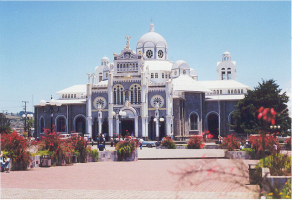Top 7 Most Beautiful Historical Sites in Moldova
Most tourists choose to visit well-known tourist destinations and avoid less famous ones. However, there is a location in Europe that is rich in natural ... read more...beauty, absolutely delicious cuisine, wonderful people, and vast cultural heritage. Yes, that is Moldova. Furthermore, it is Moldova's historical sites that have turned it into a gem in terms of tourist attractions. You will never be bored in this country because there is so much to experience. Therefore, let’s take a look at the lists of the most beautiful historical sites in this wonderful country!
-
Bender Fortress, also known as Tighina Fortress or Bendery Fortress, Bendery Fortress is not only one of the oldest structures but also a remarkable monument of fortification architecture in Moldova.
The citadel of the fortress was constructed by the medieval Genoese. After Bender became part of the Ottoman Empire in 1538, the fortress was rebuilt by the Turks. The citadel comprises eight towers and has been retained virtually in its original condition to this day.
The Ottomans transformed the fortress into a well-established combat outpost by utilizing local resources and the labor of local peasants. The stone stronghold was a quadrangle at the time, bordered on three sides by a wide ditch. Moldavian detachments tried to attack the Bender fortress many times by the end of the 16th century but did not succeed.
The castle was at the epicenter of the conflict between the two empires throughout the Russian-Turkish wars of the 18th and 19th centuries, and it was seized by Russian forces three times. Bender Fortress functioned as a fortification for the Russian army after Bender became part of the Russian Empire. The fortress territory and moat were removed during this time, the citadel and lower fortress towers were restored, and the Main gates were rebuilt. The Pantheon of Russian Glory is placed on the citadel's southern wall, where busts of great military leaders of the Russian Imperial Army can be seen.
Location: Petra Panin 2/3, Bender 3200
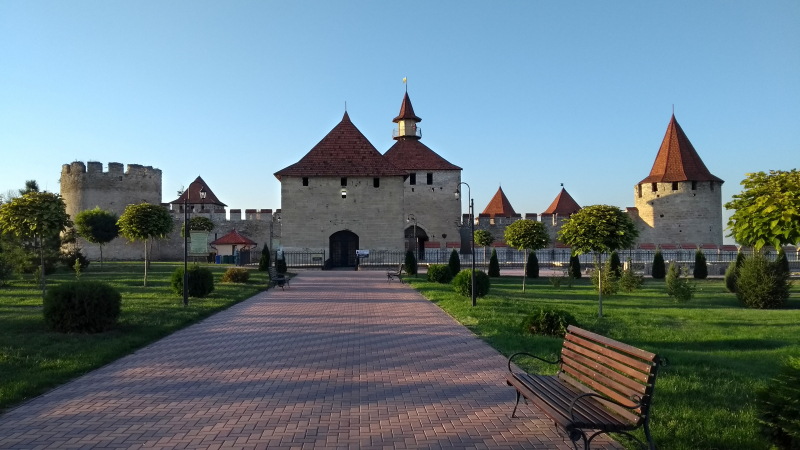
en.wikipedia.org 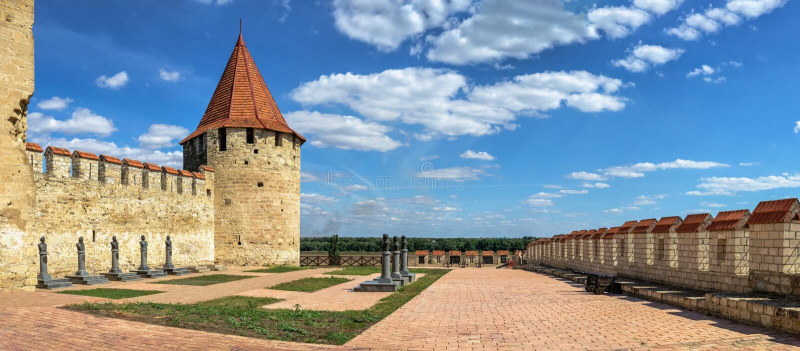
dreamstime.com -
Manuc Bey Mansion (officially Manuc Bey Historic Architectural Complex) is located in Hincesti, in the Republic of Moldova's west-central region. The structure was designed in the style of a French chateau, complete with a winter garden, watchtowers, and a park. There are the judicial officers' house, the countess' residence, Hunt's castle with the city's ethnography and natural history museum, etc in the mansion.
Though the building takes his name, it was not constructed by Manuc Bei Mirzaian, an Armenian diplomat and businessman, but by his successors - his son Murat, who started the construction of the manorial villa, and his diplomat nephew Grigore, who completed the work.
Manuc Bey Mansion was taken over by the Soviet Union after WWII. The mansion was originally modified to house a mechanization school and, later, a college. In the late 1950s, the mansion's stone walls, which surrounded the entire zone, were demolished. The secular villa was destroyed in the earthquake of 1986, and the rest of the buildings were declared damaged as a result of the catastrophe. The mansion was quickly demolished when a new facility was constructed for the college's pupils.
The existence of an underground communications network, according to the locals, is the most astonishing feature of the location, and rumor has it that these tunnels formerly constituted an entire city. Brick walls are still used to create circulation, according to recent discoveries. However, no one knows where these networks lead or how many mysteries and secrets they hold.
Location: Mitropolit Varlaam, 51, Hincesti 3401
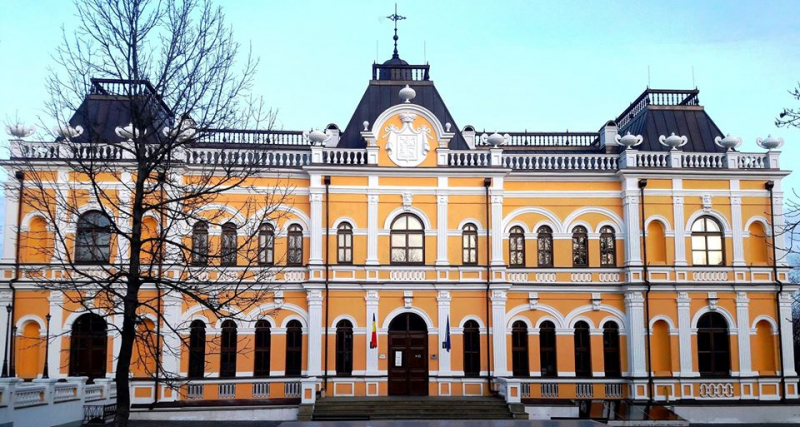
voyages-moldavie.com 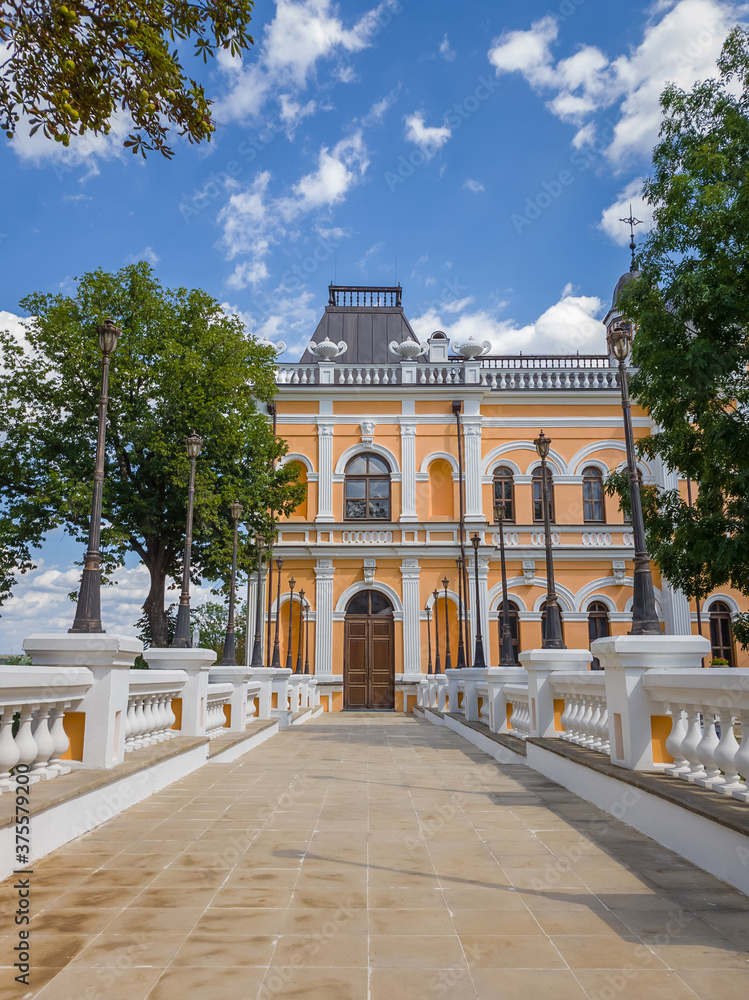
stock.adobe.com -
Moldova holds many secrets, including mysterious tales about historic monasteries and cathedrals, one of which is the Rocky Monastery. This destination is one of the most well-known and attractive tourist hotspots in Moldova, not only due to the strange stories but also because it is the largest rock monastery in Central Europe.
The Rocky Monastery was carved into a massive cliff. It cannot be denied that this place is one of a kind. The entire monastery was buried beneath the rocks. When you visit, try to look at it from the other side. It seems like an array of limestone in the center of the mountain, with dark window openings. You will be surprised and possibly intimidated. There are currently 18 roomy cells kept here. On a steep slope, they are divided into three tiers. It is a rare example of a multi-level stone structure that is a national treasure.
The mysteries surrounding the Tsypovo Monastery are also fascinating. Fairy tales and mystical legends draw visitors who are interested in extrasensory experience, transcendental disciplines, and other related topics. According to mythology, Orfeus, the Greek hero, descended into the realm of shadows for his Euridika just here in Tsypovo.
Location: Tipova
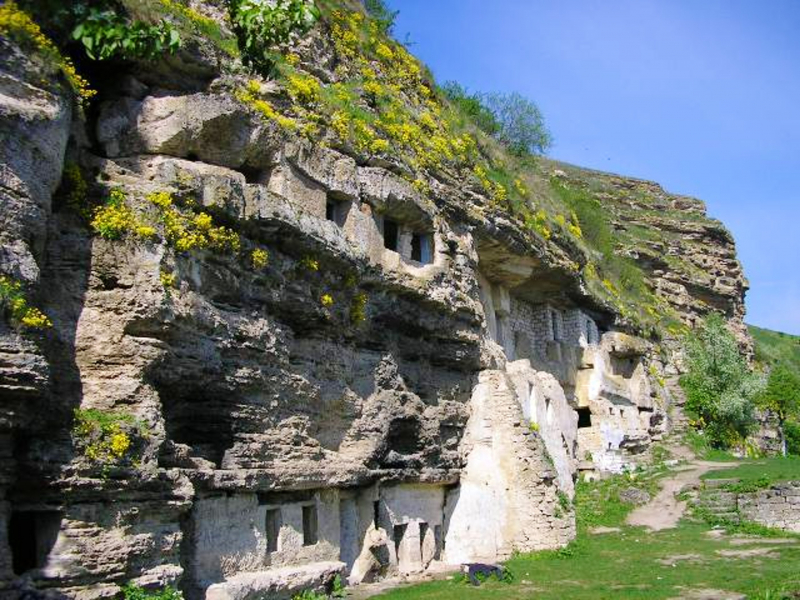
itinari.com 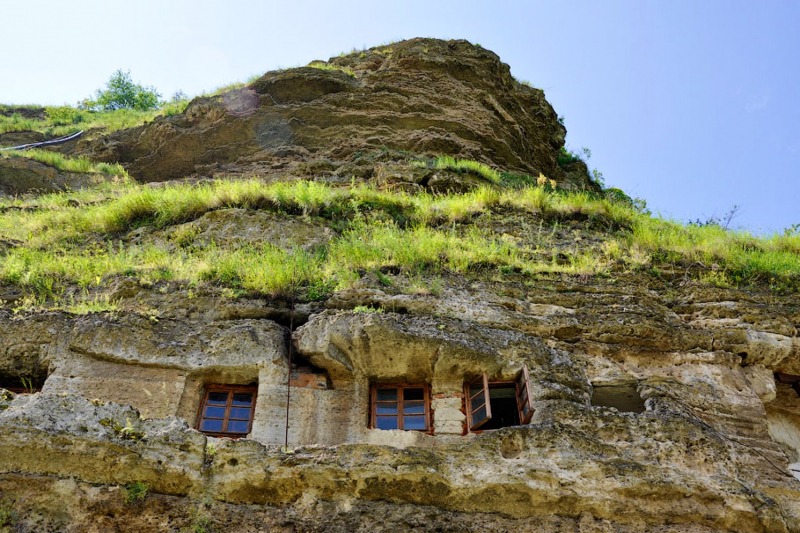
itinari.com -
The Stephen the Great Monument is a significant landmark in Chisinau, the Republic of Moldova's capital. This monument, which is situated in Central Chisinau, was created by architect Alexandru Plamadeala and placed outside the main entrance of Stephen the Great Park in 1923.
The bronze statue honors Stefan cel Mare ("the Great"), Moldova's ancient ruler who successfully defended the country from the Turkish invasion in the 15th century. The monument was built in 1927 and opened in April 1928 to replace the monument to Alexander II of Russia, which was demolished by Romanian authorities in 1918. In addition, it was used to commemorate the 470th birthday of Stephen the Great, Prince of the Principality of Moldavia from 1457 to 1504, and the most renowned representative of the House of Mușat.
Before beginning construction on the monument, Alexandru Plamadeala searched far and wide for a portrait of Stefan cel Mare. The architect is claimed to have created three copies of the monument, one of which still exists today. The monument has been transferred from one location to other multiple times over the years. It had moved to Vaslui in eastern Romania a few days before the Soviet conquest of Bessarabia in 1940, and then back to Chisinau in 1942. After that, the monument was returned to Romania in 1944. After a long period of restoration, it was finally returned to its former place in Chisinau in 1989. The monument's inscriptions have also been repaired.
Location: Stephen the Great Park, Chisinau
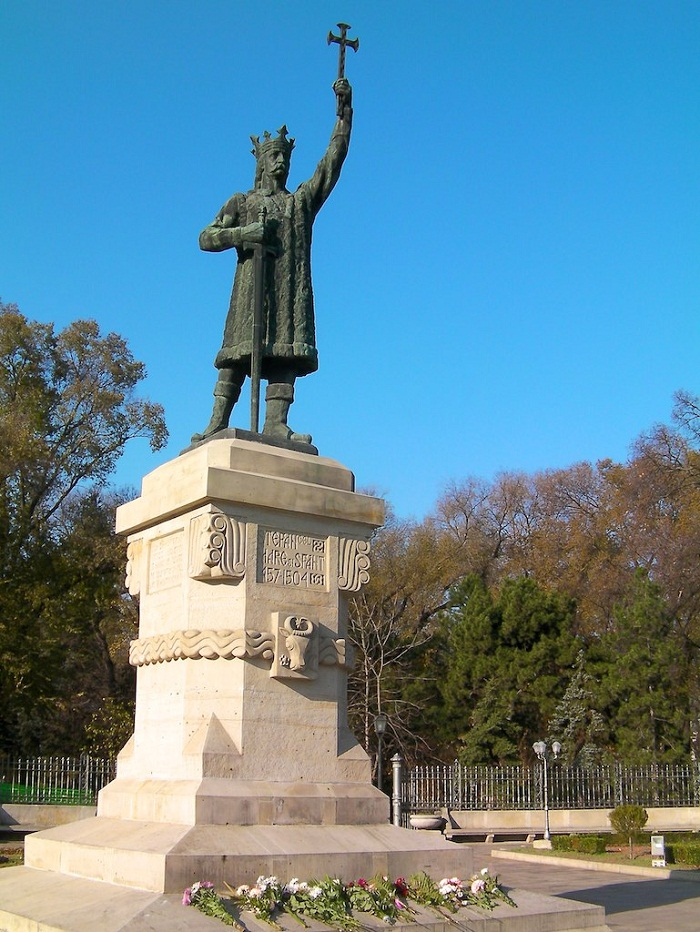
alluringworld.com 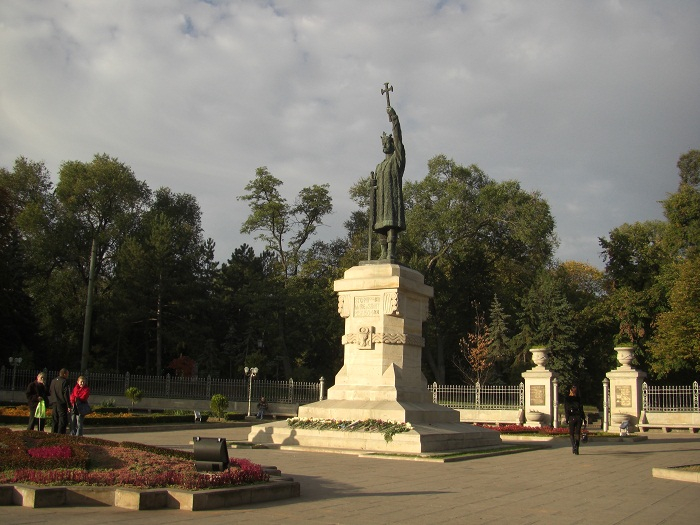
alluringworld.com -
A trip to explore the most beautiful historical site in Moldova will be incomplete if it lacks the Victory Memorial and Eternal Flame, which is a historical attraction at the heart of Chisinau, Moldova. In this structure, five red pillars are forced skyward, forming an inverted cone. It commemorates Moldova's five years of participation in World War II. It honors Soviet soldiers who sacrificed in combat against German-Romanian forces. Aside from being a great destination for sightseeing, the landmark may also be able to inform you about Moldova's history.
In the Soviet era, the complex was known as the Victory Memorial. The monument was renovated on August 24, 2006, to mark the 62nd anniversary of the Second Jassy–Kishinev Offensive. The memorial is guarded by a Moldovan Army honor guard that changes every hour. On national holidays, wreath-laying ceremonies are performed at the memorial's center. The Central Bank of Russia released a five-ruble coin devoted to Chisinau on August 1, 2016, from the series "Cities – capitals of states rescued by Soviet soldiers from Nazi invaders," with the reverse depicting the monument in honor of the Second Jassy–Kishinev Offensive. A total of two million copies have been printed.
Location: Strada Pantelimon Halippa 5, Chisnau
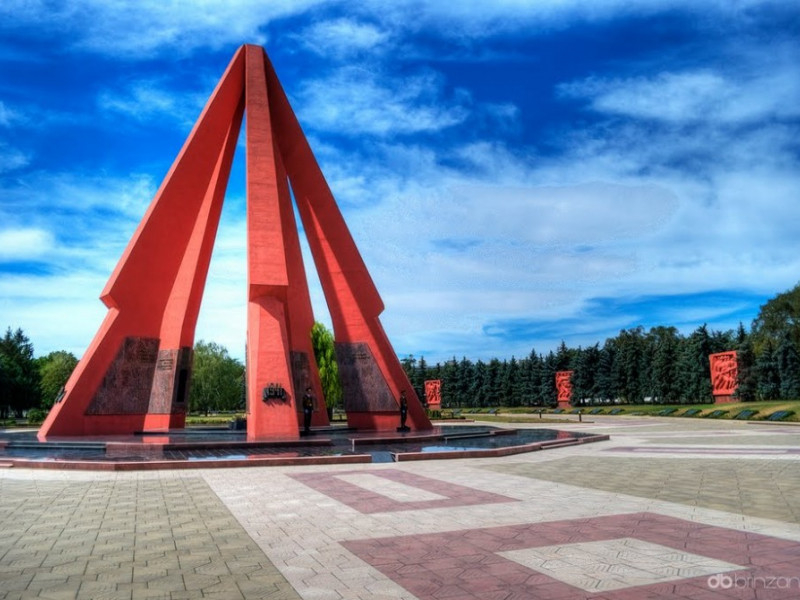
inyourpocket.com 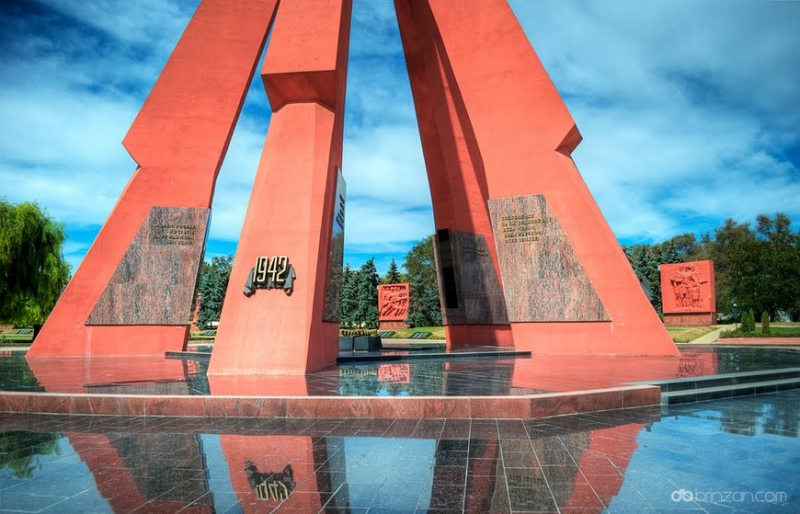
inyourpocket.com -
Old Orhei is an incredibly tranquil and beautiful place with spectacular scenery and a significant historical background that brings travelers to explore Moldova's ancient roots. It is located about 60 kilometers from the capital city Chisinau and among three villages: Butuceni, Morovaia, and Trebujeni. In the villages of Butucheni and Trebujeni, it consists of two moderate but very old museums, an ancient rocky church, and some private old-fashioned hotels built in a traditional style.
The Paleolithic, Eneolithic, and Iron Age are the three major periods in Old Orhei's history. The earthen and wooden remnants of the Geto-Dacian fortresses of the 6th and 1st centuries B.C. have been unearthed here by archaeologists. The city was renamed Shehr al-Jedid during the 14th century, also known as the Golden Horde. Orhei was rebuilt in compliance with eastern customs at the period, with two caravanserais in the center, public baths, and other structures. Under the leadership of voivode Stephen the Great in the 15th century, Old Orhei became one of the most crucial national defense centers. It was then transformed into a classic Moldavian stronghold, complete with churches, residential buildings, and manufacturing facilities. As a result, the location was given the name Orhei, which meant fortification.
The magnificent monasteries in the caverns, which were cut down inside the rocks on the Raut River's bank, are some of the most outstanding features of the Old Orhei. Can you imagine that all of the structures from the 15th to the 18th centuries were built by humans who lacked the necessary tools inside of the massive and powerful rocks? The oldest Orthodox monastery is "Peshtere," which has a white bell tower that rises 60 meters above the river.
Location: Orhei
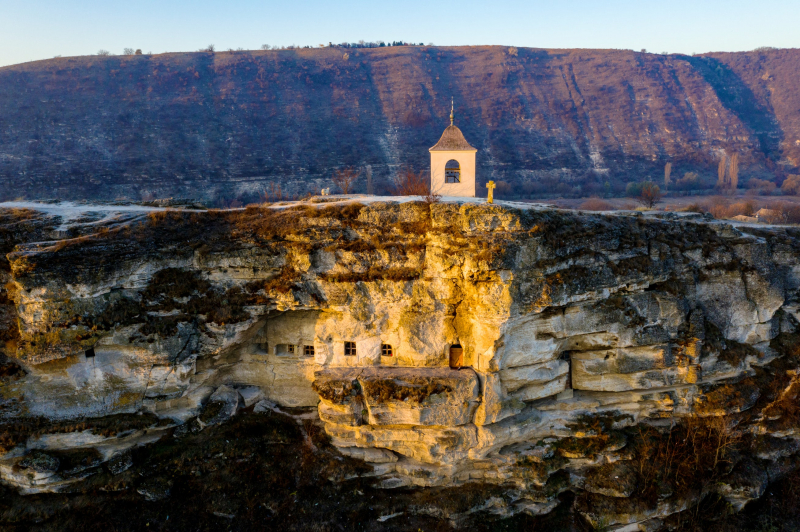
itinari.com 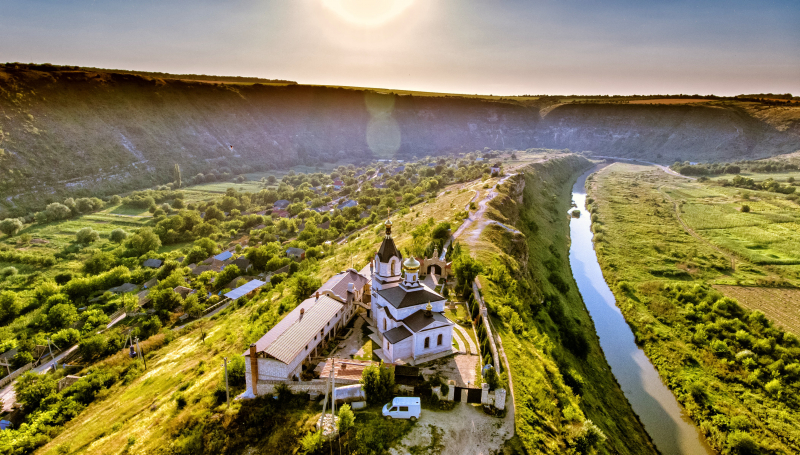
itinari.com -
Soroca Fortress, situated in the city of Soroca, is the best indication that people used to carry swords around here in the past. The city originally began as Olchionia, or Alchona, a medieval Genoese trading post. It is famous for its well-preserved fortress, which was built in 1499 by Moldavian Prince Stephen the Great. The fortress was reconstructed in stone as a complete circle with five bastions at equal intervals between 1543 and 1546 during the authority of Petru Rares. During the Russo-Turkish War, it was attacked by the Russians.
In terms of architecture, Soroca Fortress exemplifies the most ornate features of late medieval fortifications. This observation suggests that the fort was built by Western European experts or Transylvanian inhabitants who traveled to Western Europe and returned to Moldova with architectural ideas. The walls, like the four outer towers, are not constructed straight but in a curved shape to better resist projectiles.
The entire structure is 30 meters in diameter, with the towers reaching 4 meters. Each tower has four levels, with the first two being used for artillery. The thickness of the walls is 3 meters. You can only get a sense of how thick these walls are from the inside. The main entry tower featured three entrances, one of which was a portcullis that was closed during conflicts, allowing the garrison to pray in a small chapel on the upper level.
Location: Soroca
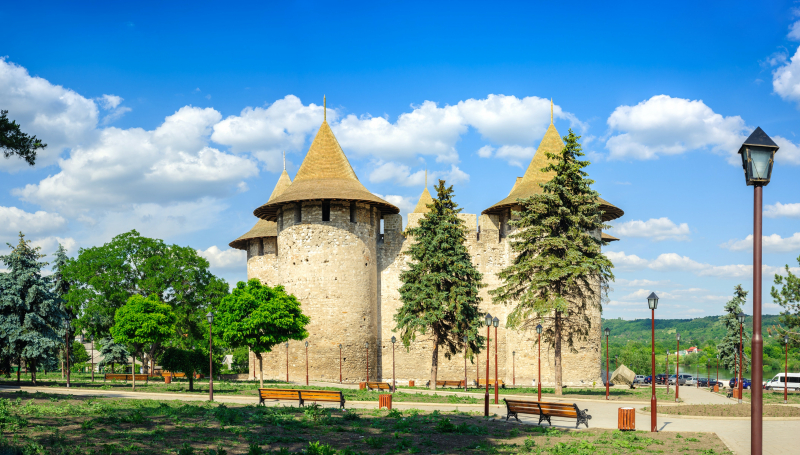
commons.wikimedia.org 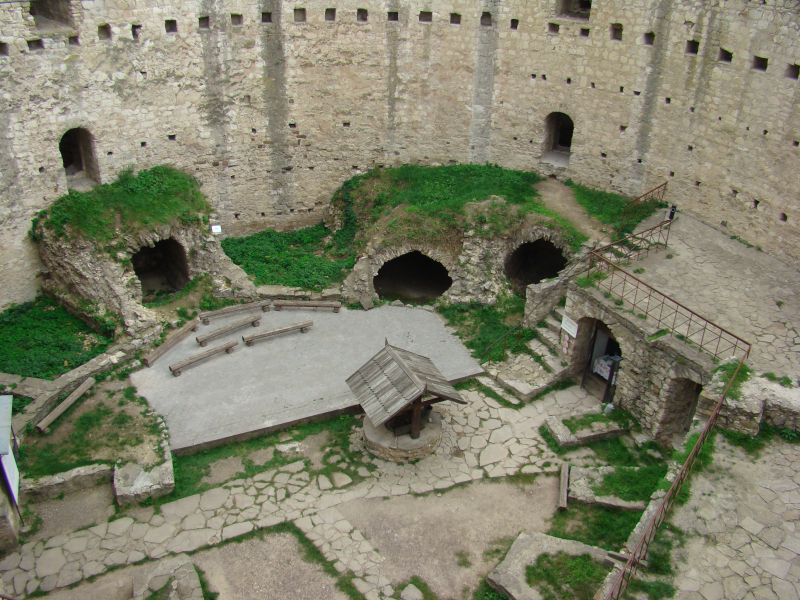
itinari.com



























